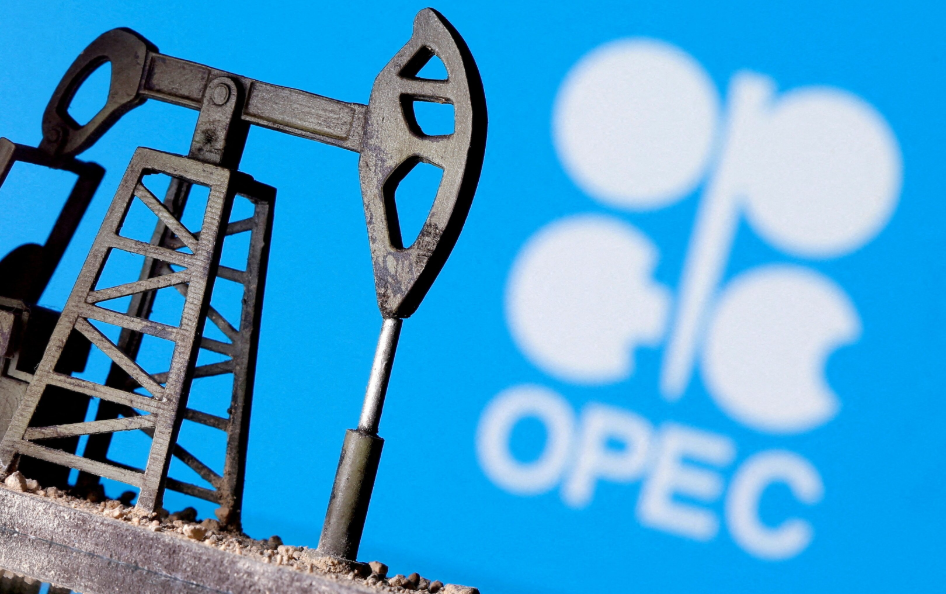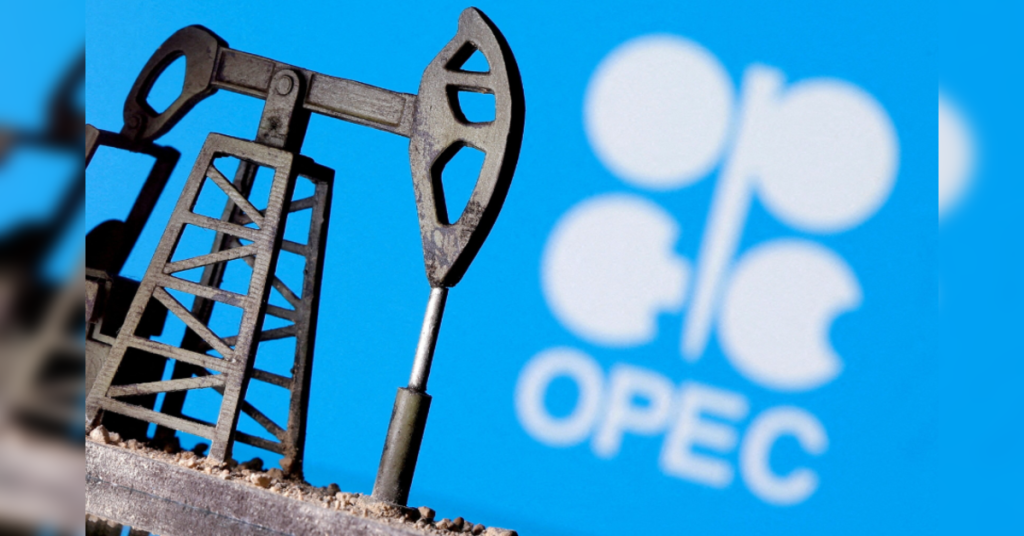
OPEC cut its global oil demand forecasts for the next four years on Thursday as Chinese growth slows, even as it lifted its longer-term view due to rising oil needs in the developing world and said there was no evidence demand had reached its peak.
The OPEC+ producer group comprising the Organization of the Petroleum Exporting Countries plus allies including Russia is pumping more barrels to regain market share after years of cuts to support the market. Lower medium-term demand could make it harder for the group to unwind its other cuts, which remain in place until the end of 2026.
World demand will average 105 million barrels per day this year, OPEC said in its 2025 World Oil Outlook published on Thursday. It expects demand to grow to average 106.3 million bpd in 2026 and then climb to 111.6 million bpd in 2029.
The forecasts for demand in 2026 through 2029 are all lower than last year. Demand will average 106.3 million bpd in 2026, OPEC said, down from 108 million bpd seen last year. The 2029 forecast is down 700,000 bpd from last year’s figure.
At the same time, OPEC expects demand to grow for a longer period than other forecasters, including BP and the International Energy Agency, which expect oil use to peak this decade.
“Oil underpins the global economy and is central to our daily lives,” said OPEC Secretary General Haitham Al Ghais in the foreword to the report. “There is no peak oil demand on the horizon.”
OPEC said demand had completed its recovery from the COVID-19 pandemic, resulting in a more predictable outlook. Growth is also slowing in China, OPEC said, the country that has driven oil use higher for the last few decades.
“This comes on the back of slower economic growth, the faster penetration of EVs and related charging infrastructure and continued oil substitution in several sectors,” OPEC said with reference to China.
Gap with IEA
OPEC kept its forecast that demand in 2030 will average 113.3 million bpd unchanged from last year.
By contrast, the International Energy Agency expects global demand to peak at 105.6 million bpd by 2029 and then fall slightly in 2030, the adviser to industrialised countries said last month.
For the longer term, OPEC expects India, the Middle East and Africa to drive growth. Developments such as the U.S. exit from the United Nations climate pact and a slower EV penetration rate in Europe will probably have spillover effects into developing countries, which need more energy, OPEC said.
OPEC expects world oil demand to reach 122.9 million barrels per day by 2050, up from 120.1 million bpd expected in last year’s report. That’s far above other 2050 forecasts from the industry such as that of BP.
OPEC has been calling for more oil industry investment and said the sector needs $18.2 trillion to be spent to 2050, compared with $17.4 trillion needed as estimated last year.


